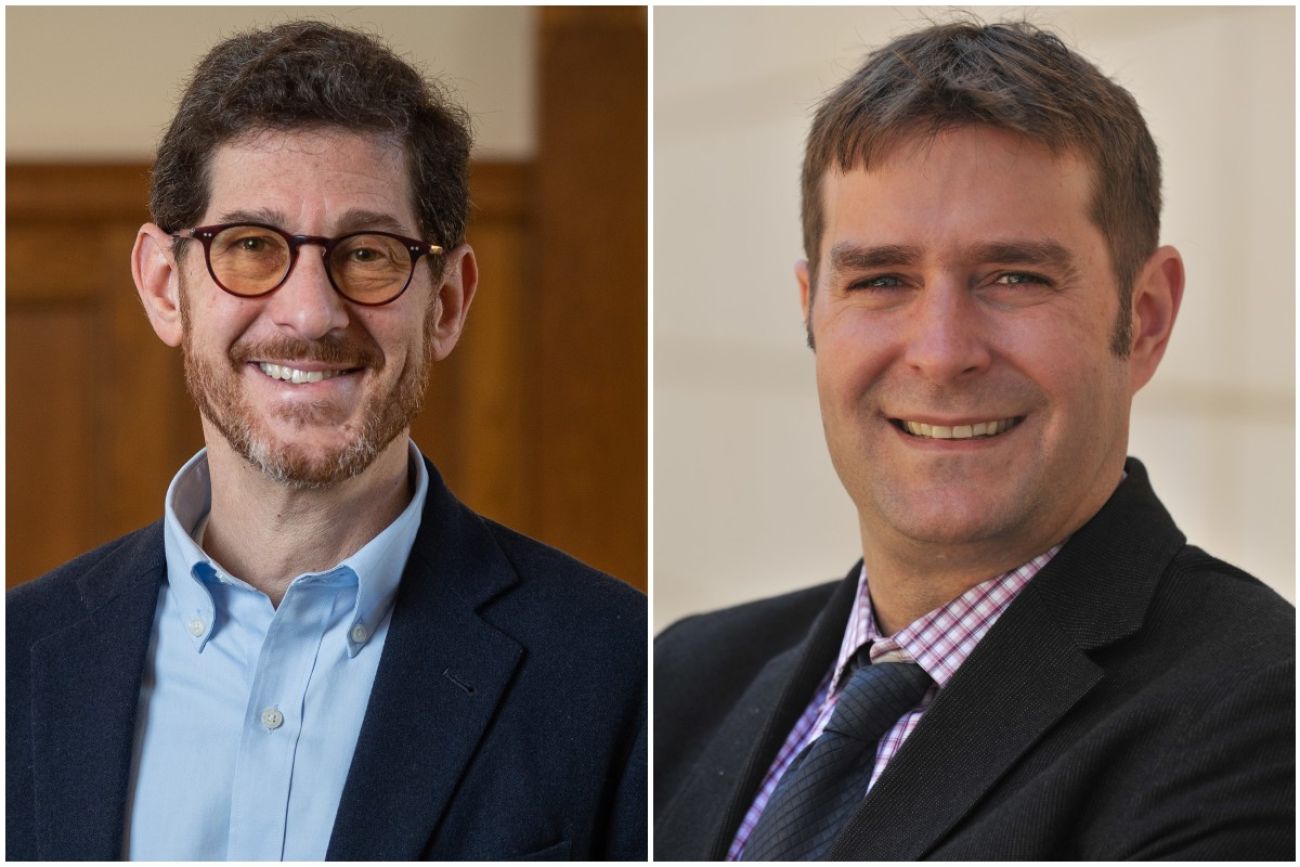Opinion | Getting free college right

In her State of the State Address Governor Gretchen Whitmer proposed making the first two years of community college free in Michigan. We applaud the Governor for prioritizing college affordability.
This is the culmination of sustained investments that her administration has made in making college affordable over the past four years. Starting with frontline workers during the pandemic (Futures for Frontliners), then older workers looking to retool (Michigan Reconnect), lower-income university and career training students last year (Michigan Achievement Scholarship), and this new initiative, college is now within financial reach for all Michiganders.

This makes sense. Investing in people through affordable and high-quality postsecondary education is one of the best things a state can do. Such investment increases economic resilience and upward mobility, spurs technological progress, and increases civic engagement. It pays for itself.
Michigan is a natural home for a broad-based free college program. After all, the modern free college movement was born in Michigan with the announcement of the Kalamazoo Promise Program in 2005. Since then, more than 200 communities (including fifteen Michigan Promise Zones) and more than half of states have adopted similar programs. It is time for Michigan to join this group.
Luckily, we now know what features of free college programs make them successful.
1. Avoid confusing eligibility criteria or other administrative hurdles. The most successful affordability efforts have not let paperwork or other administrative burdens get in students’ way. A recent guarantee of free tuition of the University of Michigan increased enrollment of low-income students at U-M in large part due to the program’s transparency and simplicity. Indeed, clear eligibility with few hurdles is a key feature of many successful Promise programs, including the Kalamazoo Promise.
The state’s many current aid programs all serve important roles, from the Tuition Incentive Program for students on Medicaid to the Fostering Futures Scholarship for students that experienced foster care. But this patchwork runs the risk of making aid too complicated to receive. Often in an attempt to target aid, we make it too complex and thus not serve those who need it most. With this free college plan, we should aim to make the transition to community college as financially seamless as going from middle to high school.
2. Make sure the money gets to students who need it most. Many free college programs aspire to improve affordability for our lowest-income students, but fall short because of how state and Federal aid interacts. Since the tuition of many low-income students is already covered by the Federal Pell grant, free college programs that only cover unmet tuition don’t bring additional money to these students. Structuring a free college program so that it can be stacked on top of existing aid allows students to use federal aid for living expenses.
New York’s Excelsior Scholarship offers a cautionary tale of how a state scholarship program can, in practice, provide few benefits to low-income students. The lesson is that the details matter. Of course, getting more resources in the hands of low-income students is costly, but so is failing to do so.
3. Don’t discourage four-year college entry. Free college programs that only include community colleges may draw some students away from four-year institutions. This was the experience in Oregon when it first launched its state-wide promise program in 2016.
The Knox Achieves program in Tennessee, on which its state-wide program was modeled, increased Associate Degree attainment but not Bachelor’s degree attainment, in part because of a reduction in four-year college enrollment. This could be mitigated by expanding eligibility for the Michigan Achievement Scholarship to create an equally valuable scholarship that can be put towards the first two years at a four-year college.
4. Streamline pathways from community college to a 4-year degree. While Michigan’s 28 community colleges have many valuable certificate and Associate’s degree programs, many students that start at community college aspire to earn a Bachelor’s degree from a four-year college. The sad reality is that many never get there.
One reason is that Michigan does not have a central higher education system with common courses or clear transfer admissions standards that we know improve outcomes. Progress is being made with the MiTransfer Pathways and some local initiatives are promising (e.g., partnership between Kalamazoo Community College and Western Michigan University). Still, our state has a long way to go to create the type of seamless postsecondary system that Michiganders deserve.
5. Recognize that money for tuition is not enough. A key lesson from college affordability and success initiatives over the past 20 years is that financial aid alone is not sufficient. High quality instruction and support services are essential, and are often used to enhance the impact of tuition scholarship programs, as is the case of the Detroit Promise Pathways program.
Tuition support to students must be matched with financial support to the institutions to fund academic advisors, career counselors and high-quality instruction. Fortunately, many of our community colleges have capacity to accommodate more students and effective models exist for getting students to succeed - including the
CUNY ASAP program, which doubled community college completion rates. Such support is expensive, but also essential to realizing the potential of free college.
We are optimistic that Michigan can develop a world-class free college program. As the home of the nation’s first large-scale promise program, researchers and practitioners in Michigan have the deep expertise to get it right. We urge state leaders to take advantage of existing research partnerships as they start to design, implement and assess this ambitious new initiative.
See what new members are saying about why they donated to Bridge Michigan:
- “In order for this information to be accurate and unbiased it must be underwritten by its readers, not by special interests.” - Larry S.
- “Not many other media sources report on the topics Bridge does.” - Susan B.
- “Your journalism is outstanding and rare these days.” - Mark S.
If you want to ensure the future of nonpartisan, nonprofit Michigan journalism, please become a member today. You, too, will be asked why you donated and maybe we'll feature your quote next time!


